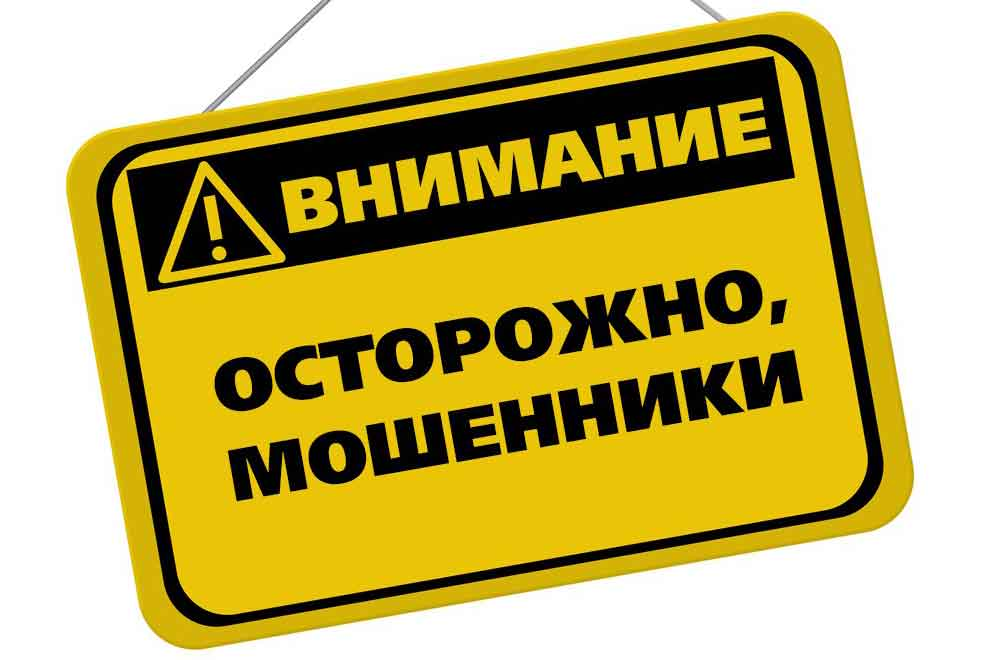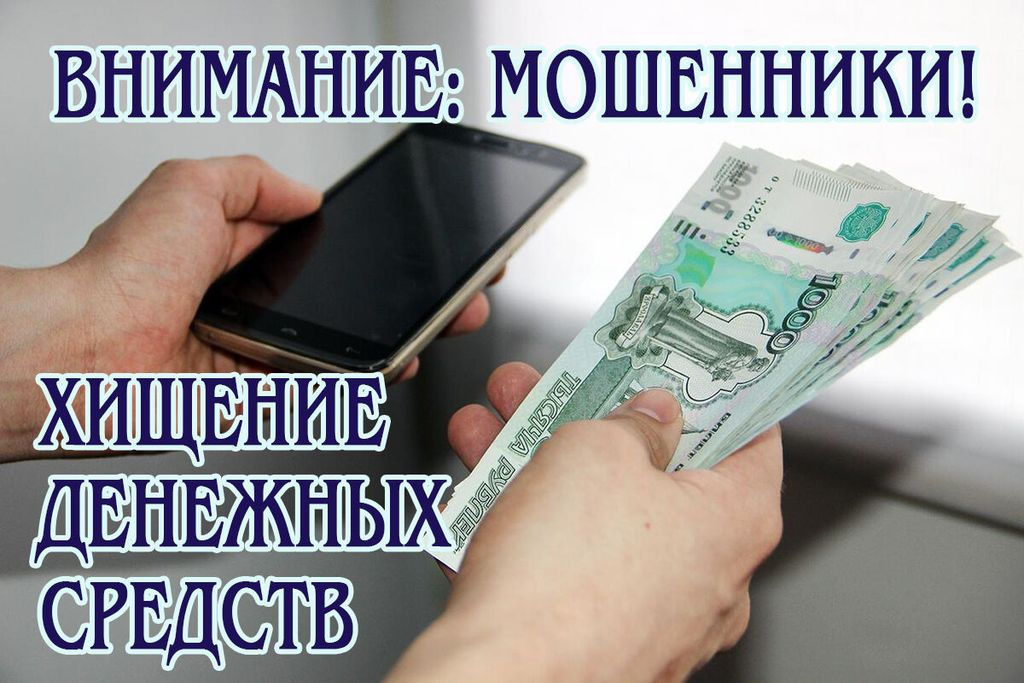Emerging financial problems often push people to take out cash loans, sometimes in situations where money needs to be received quickly without going through complex identification procedures. Microfinance organizations have such opportunities to issue quick loans, they issue cash loans even in internet applications or online resources. In order to pass identification, it is necessary to enter your data containing personal information, which sometimes deters people from deciding to contact such an organization. It should be understood that not all of these organizations are fraudulent, many do indeed issue loans, but the interest rate there is much higher than in a bank.
Microfinance Organizations
Not only individuals but also legal entities use the services of microfinance organizations. The feature of microfinance organizations is that they issue cash loans for short terms with minimal time spent on processing them. As the popularity of such organizations grows, the number of fraudulent schemes related to MFIs increases.

Legal microfinance organizations can always be found in a special list of such financial institutions, they are in the state register - this can be easily checked by referring to this resource. Before signing a contract with a microfinance organization, it is necessary to ensure the presence of relevant documents and the conditions prescribed in the contract.
Loan Fraud
Loan fraud can be committed by both microfinance organizations and borrowers.
Most fraudulent organizations issuing microloans:
- lack the appropriate licenses for such activities;
- do not have a specific website with relevant information, or it may be a clone site of an existing organization, created by scammers and lacking additional protection.
The goal of fraudulent MFIs is to obtain as much money as possible from the issued loan, they try in every possible way to obtain information about personal data and passport details, which will allow them to use when necessary.
Scammers also create fake sites where clients enter information and leave an application, while they may already become debtors without even receiving the requested amount.

They send phishing messages, upon clicking on which, the user is automatically directed to a fraudulent site.
Scammers confidently assure of a safe loan in this micro-organization, requiring a quick decision by manipulating the user and imposing aggressive marketing.
Microloan Scam
There are fraudulent actions aimed at obtaining a loan from a microfinance organization, but making another person the debtor. In this case, scammers operate with stolen or purchased personal data of various users. Having information about a person:
- financial data;
- bank accounts;
- access passwords;
- email and others.
Knowing this, a scammer can easily apply for a loan, and the victim will not even know about it. Then suddenly it turns out that there is a debt in a microfinance organization, which he did not even contact.

Scammers use a scheme called "mirror credit." In this case, a fraudster calls the victim, posing as a bank employee, asking to confirm a loan application. In most cases, the client did not apply for any loan, then the scammer persuades the victim that criminals tried to apply for a loan on his behalf and to protect his data and funds, offers to apply for a parallel loan for the same amount. This will supposedly allow the financial organization to cancel the first transaction, and the bank employee will independently close the client's application, the main thing is that the application needs to be made immediately. Trusting the banking structure, the client agrees to such actions, which allows the scammer to obtain personal data of the deceived person. In the end, it turns out that the client was deceived, being offered to transfer money to a protected account, which ultimately did not exist.
Financial Protection
There are certain ways to protect your finances and prevent theft;
- creating strong passwords, it is necessary to create passwords without simple combinations or associations related to your personal data, the password should use different letters both uppercase and lowercase, as well as special characters and numbers;
- do not share personal data on social networks, scammers can easily use it for personal purposes;
- enable two-factor authentication, which provides two methods of identity verification to log into a bank account, the first password is permanent, and the second password is sent via message to the phone;

- monitor personal financial transactions, check credit history;
- track transactions made through a bank account or credit card, if there are transactions unclear to you, contact the bank administration via the hotline.
